Whenever a tiger goes missing from a reserve, media and wildlife enthusiasts often question forest officials, asking why the body of the deceased tiger hasn’t been found. This question isn’t easy to answer, but it’s important to understand that typically two types of tigers disappear: old or those injured in territorial fights. While a tiger’s life is inherently full of struggle, no tiger in the wild easily reaches 15 years of age. As they age, biological activities like reproduction decrease, they lose the support of other tigers, and conflicts mainly arise with newly matured tigers. Both old and injured tigers may leave the sanctuary.
Tigers are apex predators, relying entirely on hunting for survival. Hunting is an extremely difficult task, requiring constant effort and depends on physical ability and mental skill. Thus, tigers are finely tuned for hunting: their physical structure, agility, strength, and mental resilience are all honed to catch prey. Over a lifespan of 15–16 years, a tiger hunts approximately 600–800 animals (Chital unit), as it needs approximately 40–50 prey animals (Chital unit) each year. This constant need for food drives many aspects of a tiger’s life, including its territorial behaviour.
Tigers are territorial animals, defending their area to ensure an uninterrupted food supply and other necessities. Establishing a territory involves continuous conflicts with other tigers, and finding a mate requires struggle as well. For a female tiger, the challenge increases as she must protect her cubs from other tigers. Failure to secure and defend a territory can have dire consequences, leading to starvation, injury, or even death.
An even more dangerous situation arises for both older and younger tigers displaced by territorial conflicts when they venture near densely populated villages. Here, they encounter easy prey in the form of cattle and other livestock, but the risk of conflict with villagers remains extremely high.
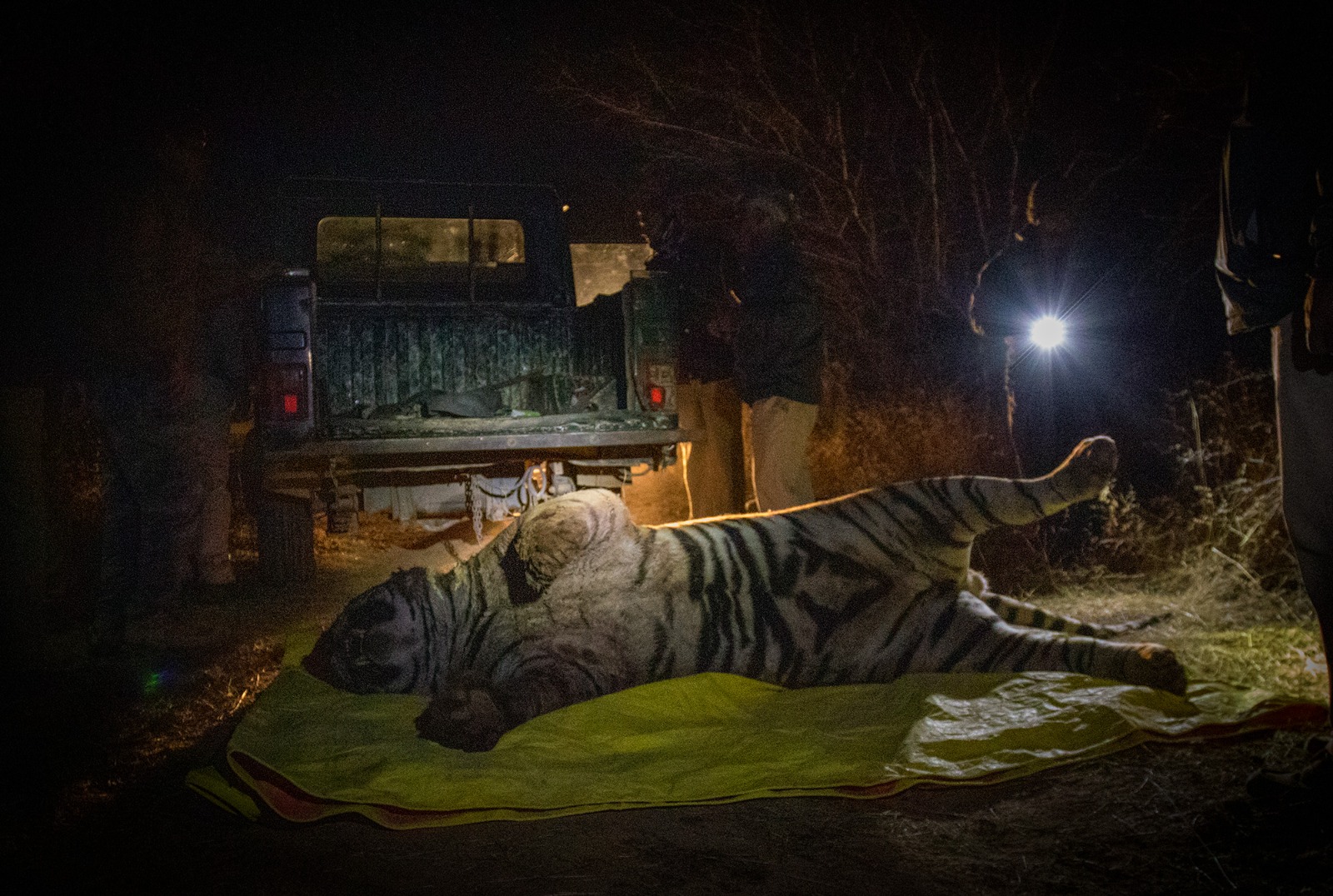
This is the condition of the carcass found 48 hours after death; it was killed in the same spot following a conflict with another tiger. If it had been injured, it would have been killed in hiding.
Thus, a tiger’s life is full of battles for food, territory, mating, and protection. For survival, a tiger develops an acute awareness of mortality and potential dangers. It understands that if it becomes weak, competitors will kill it, just as it has done to others. As a tiger ages and weakens, it instinctively isolates itself, limits its movements, and hides rather than roaming openly. Often, it retreats to a secluded area between territories, reduces its activities, stops defending its territory, and ceases parenting duties. Eventually, it may be killed by a stronger tiger or die in seclusion in a cave or thorny bush, making it extremely difficult to spot in its final days.
Since carnivorous animals tend to decompose faster than herbivores, finding the remains of deceased tigers or other carnivores can be especially challenging. Tigers, with their high muscle density and low body fat, have bodies that break down more quickly due to the nature of muscle tissue, which contains significant water and protein. Muscle tissue is more susceptible to bacterial and enzymatic activity, which accelerates decomposition. In contrast, herbivores typically have more body fat and connective tissue. Fat, unlike muscle, decomposes more slowly because of its lower water content and resistance to microbial breakdown.
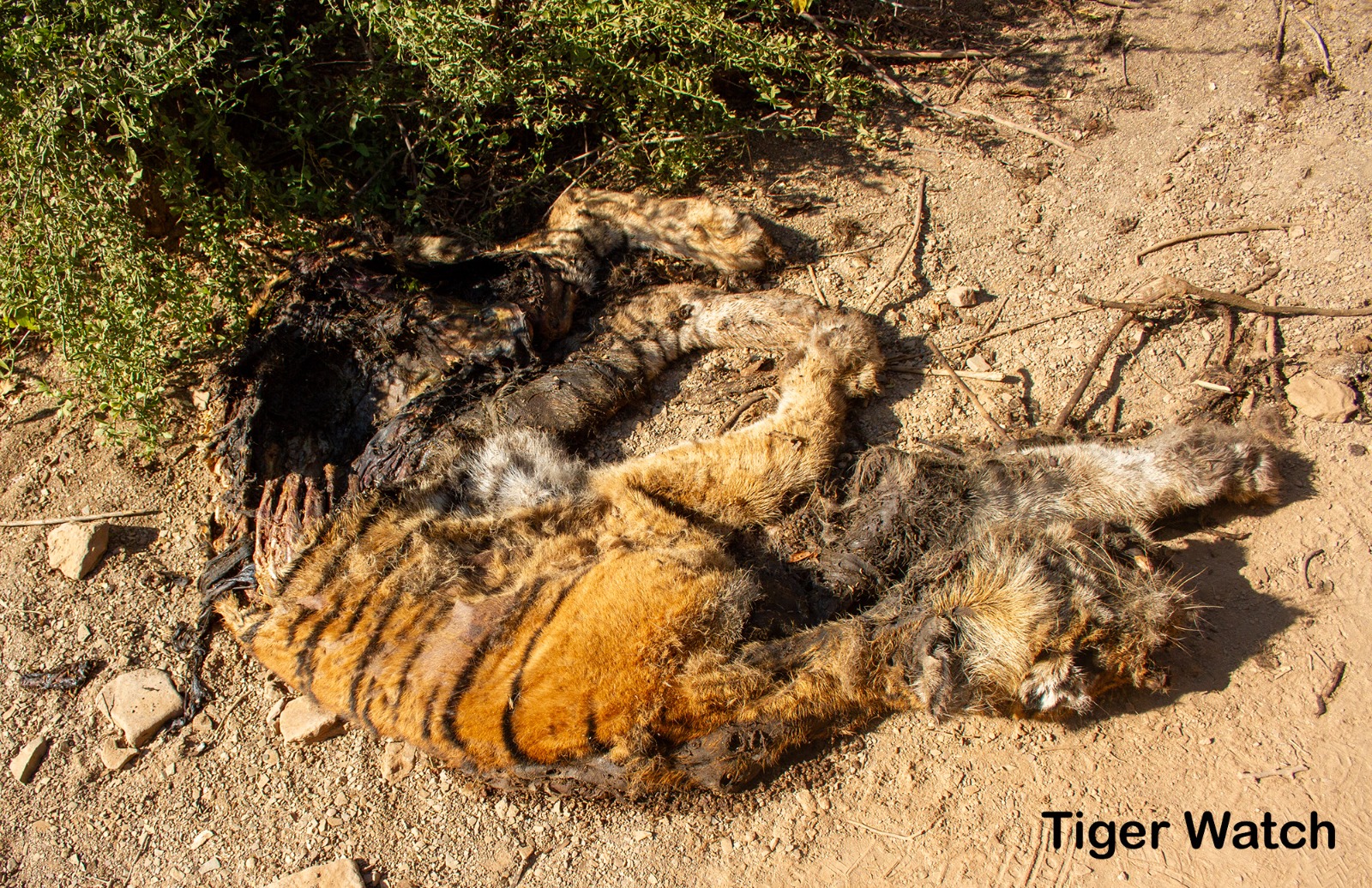
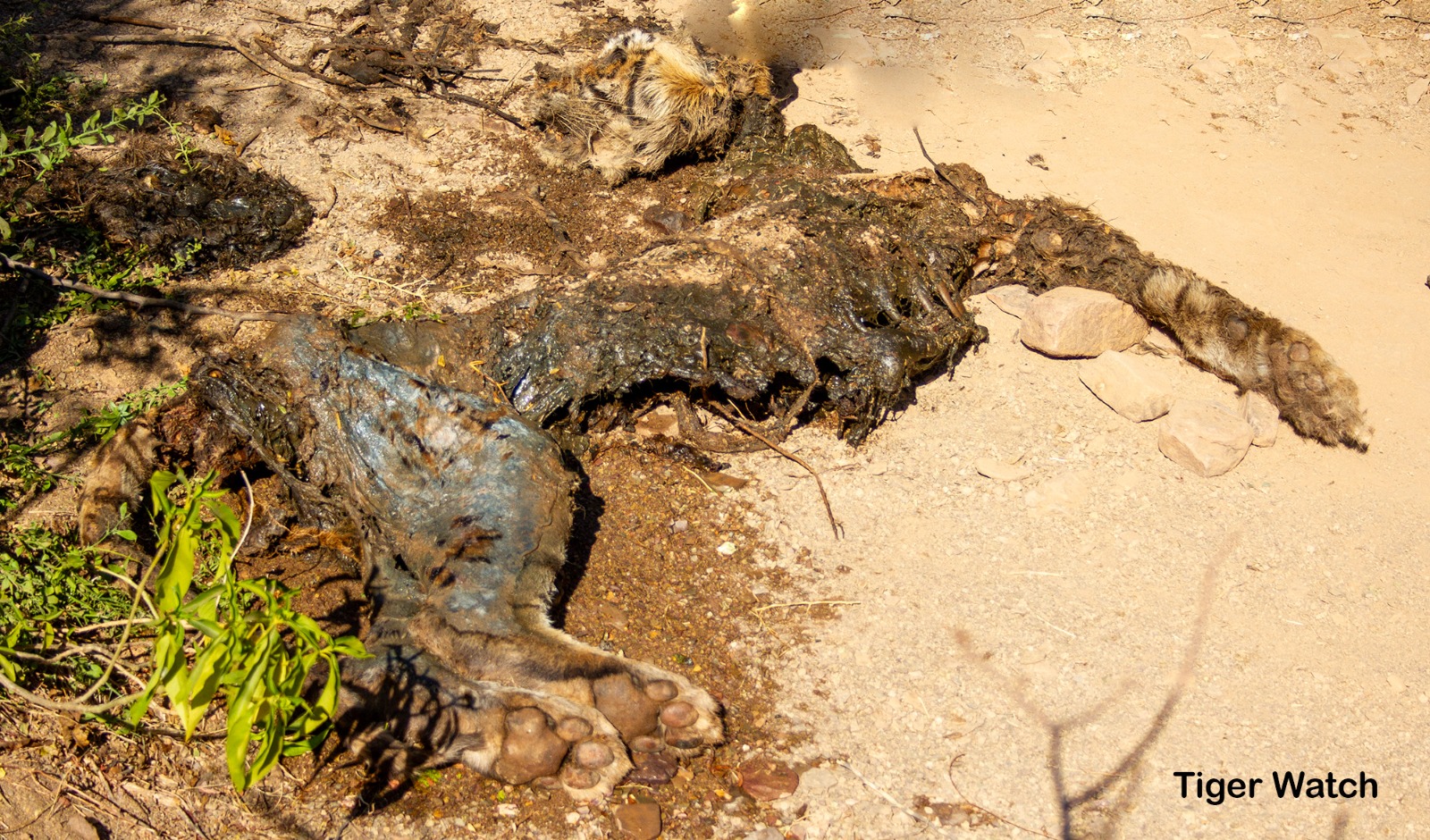
Here you can observe the rapid decomposition of a tiger carcass. It is believed to be only 5-6 days old and has been reduced to just 18-20 kilograms in weight due to decomposition and scavenging by wild boars and other scavengers.
Additionally, herbivores’ digestive systems and diets create a different microbiome that can slow the post-mortem decay process relative to carnivores. The high-protein diet of tigers introduces bacteria and enzymes that accelerate decomposition after death. Herbivores, however, have bacteria that ferment plant material, slowing down the decomposition process.
Various insects and microorganisms, such as flesh flies, are naturally associated with predators like tigers. The scent of a tiger and its frequent contact with prey attracts these natural decomposers. After a tiger’s death, these organisms speed up the breakdown of its body. Moreover, carnivores like tigers have a high bacterial load in their intestines specialized for digesting meat. Once the tiger dies, these bacteria multiply rapidly, breaking down tissues faster than in herbivores.
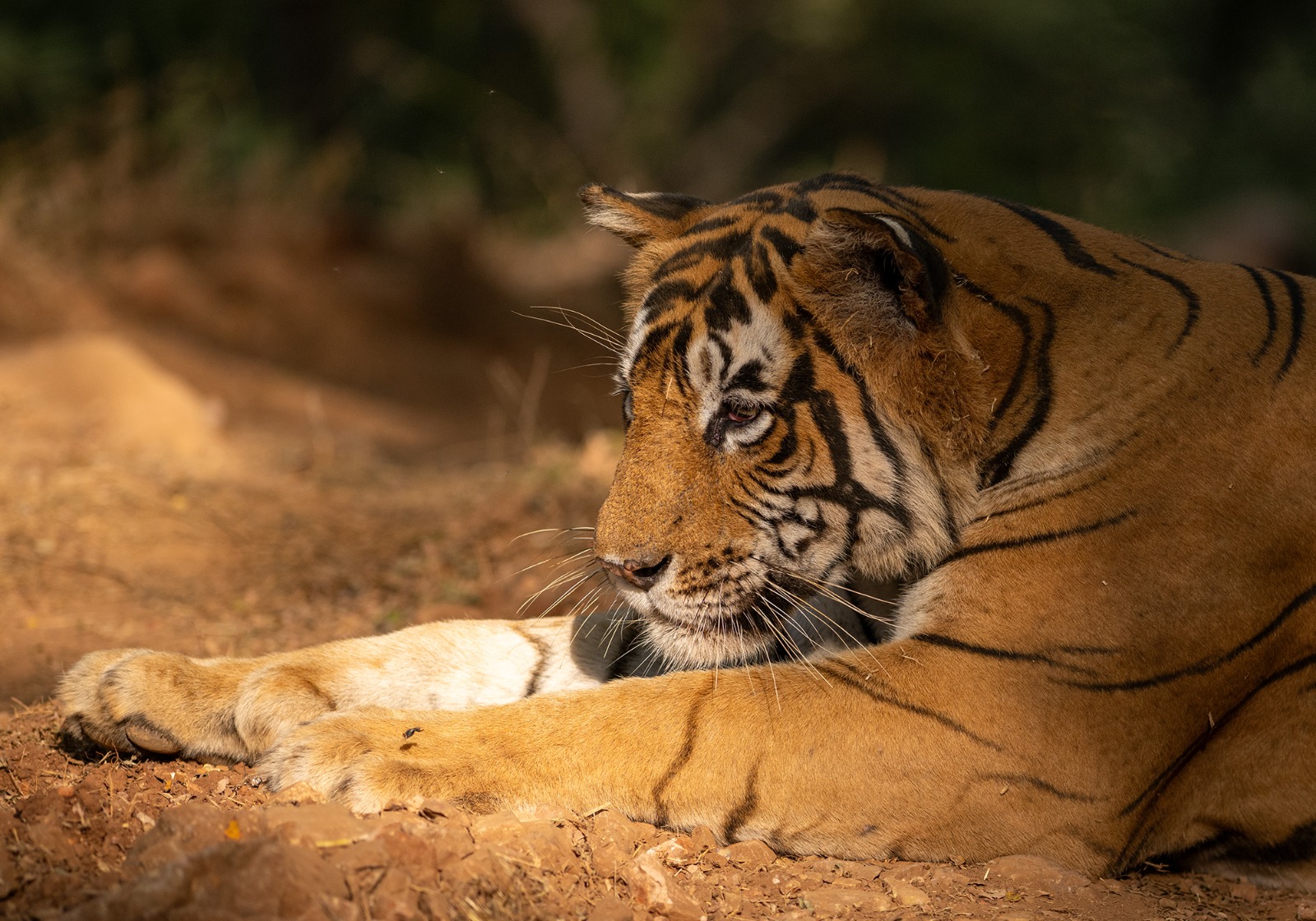
Sarcophaga bercaea, a flesh-eating fly, constantly explores tigers and other animals for opportunities to lay its eggs. When it finds a dead animal, it immediately begins the decomposition process by depositing its eggs, which hatch into larvae that feed on the carcass.
This rapid decomposition means that the skin of a tiger or leopard decomposes quickly, while the skin of herbivores often dries on the body. For instance, hair on a tiger’s skin starts falling off immediately after death, whereas the skin of herbivores retains its hair.
It is also a misconception that scavengers like hyenas and jackals avoid eating carnivores; wild boars, for example, will scavenge on a tiger’s body once decomposition has begun.
These factors explain why the bodies of elderly, naturally deceased tigers are rarely found. In the past two decades in Ranthambhore, I have observed only two cases where aged tigers were found dead naturally, like the tigress Machli (T16) and Big Daddy (T2), who had been partially supported by humans. Most tiger remains are recovered only when they are killed unnaturally.

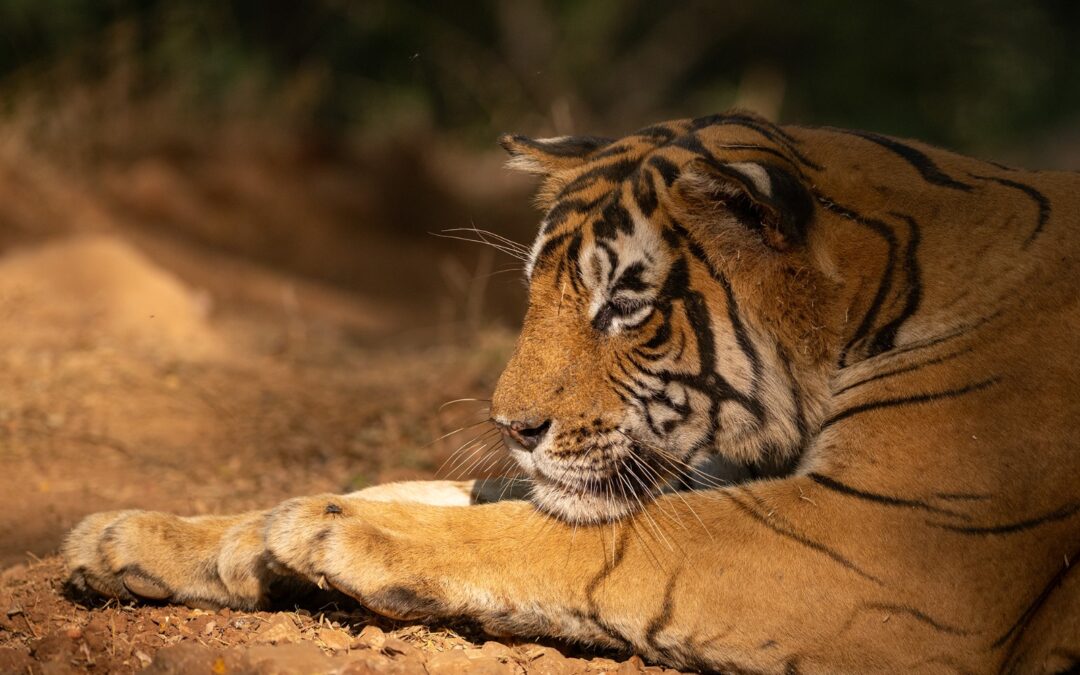
Excellent informative article
Superb article
This is super informative and exactly what I hoped to find when I typed my search into the search bar on my browser. Thank you.